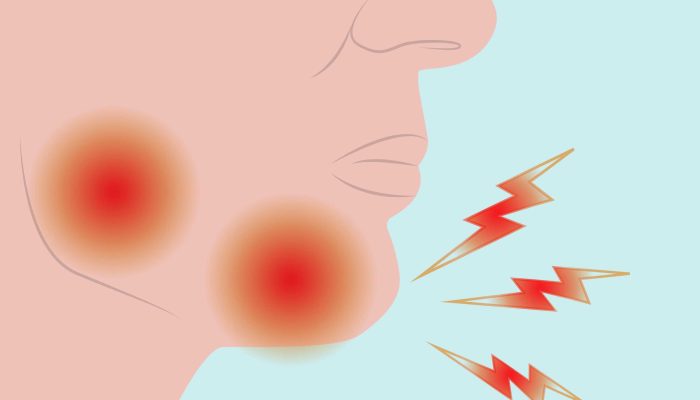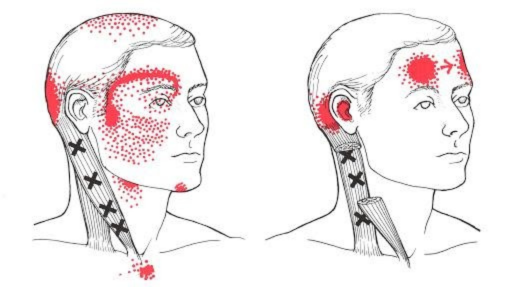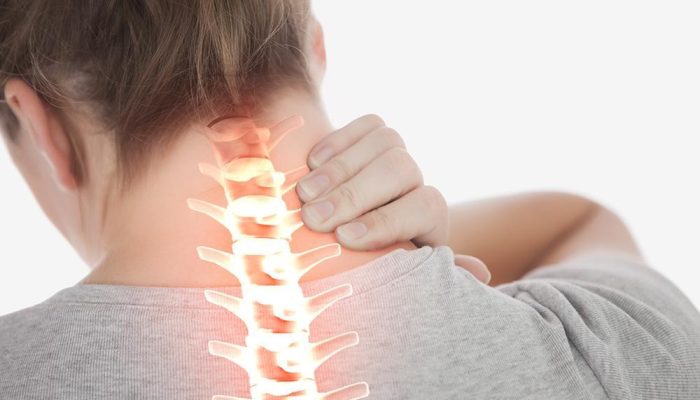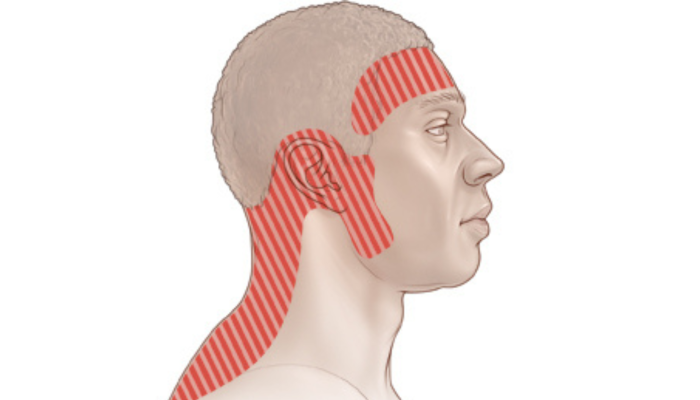
What Are Statin Side Effects?
Statins are widely prescribed to lower cholesterol and reduce the risk of cardiovascular diseases. However, many patients report experiencing muscle-related side effects, including muscle weakness and pain. These issues are often linked to the medication’s impact on muscle cells. Stati.n muscle weakness and muscle pain in legs are among the most common complaints. Understanding these side effects can help patients and healthcare providers make informed decisions about stati.n therapy.
Who’s at Risk of Developing Statin Side Effects?
While statins are generally safe for most people, certain individuals are more prone to experiencing side effects. Those with a personal or family history of muscle problems, older adults, and individuals with certain medical conditions like hypothyroidism or kidney disease may be at higher risk. Additionally, genetic factors play a significant role in how a person’s body responds to statins. For instance, some people have genetic variants that make them more susceptible to statin-induced muscle weakness.
Food and Drugs That Interact with Statins
Certain foods and medications can interact with statins, potentially increasing the risk of muscle problems. Grapefruit and its juice can interfere with the metabolism of statins, leading to higher levels of the drug in the bloodstream, which can enhance the risk of muscle damage. Additionally, other medications such as certain antibiotics, antifungal drugs, and medications used to treat HIV can interact with statins, exacerbating the risk of muscle pain and weakness. It’s crucial for patients to discuss all their medications and dietary habits with their healthcare provider.
How to Relieve Statin Side Effects
Managing statin side effects involves several strategies. Firstly, adjusting the dosage or switching to a different type of statin may help reduce symptoms. Some patients find relief by taking Coenzyme Q10 supplements, which can support muscle function. Additionally, maintaining a balanced diet rich in antioxidants and omega-3 fatty acids may help mitigate muscle damage. Regular exercise, tailored to one’s fitness level, can also improve muscle strength and reduce discomfort. Patients experiencing severe symptoms should consult their healthcare provider for a thorough evaluation.
Weigh the Risks and Benefits
When considering stati.n therapy, it’s essential to weigh the risks and benefits. Stati.ns are effective in lowering cholesterol levels and preventing heart attacks and strokes. However, the potential for muscle problems, including muscle wasting and muscle damage from stati.ns, cannot be overlooked. Patients should discuss their individual risk factors with their healthcare provider to determine the most appropriate course of action. For some, the benefits of stati.ns outweigh the risks, while others may need alternative treatments to manage their cholesterol levels without experiencing significant muscle side effects.
Conclusion
Statin drugs are a cornerstone in cardiovascular disease prevention, but their potential to cause muscle weakness and other side effects must be carefully considered. Patients should remain vigilant for symptoms like muscle pain, weakness, and wasting. By maintaining open communication with their healthcare provider, patients can find the right balance between managing cholesterol and minimizing muscle-related side effects. Whether it’s through medication adjustments, lifestyle changes, or exploring alternative treatments, the goal is to ensure that the benefits of stati.n therapy outweigh the risks for each individual.
This overview covers the primary aspects of stati.n side effects, with a focus on muscle problems, ensuring the discussion is relevant and accessible to an American audience.
Statin Side Effects: Delving Deeper
Statins and Muscle Weakness
One of the most concerning side effects of statin therapy is muscle weakness. Patients often report feeling unusually fatigued or weak, which can impact daily activities and quality of life. Statin muscle weakness is thought to be related to the drug’s interference with muscle cell function, potentially leading to muscle atrophy and, in severe cases, muscle wasting. Understanding the mechanism behind this can help in managing and mitigating these symptoms effectively.
Statins and Muscle Pain in Legs
Many patients experience muscle pain in the legs when taking statins. This discomfort can vary from mild soreness to severe pain, making walking or climbing stairs difficult. The exact cause of stati.ns and muscle pain in legs is not fully understood, but it is believed that stati.ns may disrupt the normal function of muscle cells, leading to inflammation and pain. Regular monitoring and communication with a healthcare provider are crucial for those experiencing these symptoms.
Understanding Statins and Muscle Weakness
The connection between stati.ns and muscle weakness is well-documented, with studies showing that up to 10% of patients on stati.n therapy may experience some form of muscle-related side effect. The risk is higher with certain types of statins, such as Simvastati.n, which is known to be associated with muscle problems. Patients experiencing stat.in muscle weakness should discuss their symptoms with their healthcare provider, who may consider adjusting the dosage or switching to a different stati.n.
Muscle Problems with Lipitor
Lipitor (Atorvastatin) is one of the most commonly prescribed statins. However, muscle problems with Lipitor are reported by some patients, ranging from mild discomfort to severe muscle pain. Studies indicate that while the incidence of severe muscle damage is relatively low, the risk of muscle issues persists. Patients taking Lipitor should be aware of the signs of muscle damage and seek medical advice if they experience symptoms like unexplained muscle pain, tenderness, or weakness.
Can Statin Drugs Cause Muscle Weakness?
The question of whether stat.in drugs can cause muscle weakness has been the subject of extensive research. While the majority of patients tolerate stati.ns well, a significant number report muscle-related side effects. The exact mechanism is not fully understood, but it is believed that stati.ns may disrupt the production of coenzyme Q10, a substance essential for muscle energy production. This disruption can lead to muscle fatigue and weakness, especially in individuals who are genetically predisposed or have underlying health conditions.
Managing Statin-Induced Muscle Weakness
For those experiencing muscle weakness from stati.ns, several strategies can help manage and reduce symptoms. These include:
- Medication Adjustment: Lowering the dosage or switching to a different stati.n can often alleviate symptoms.
- Supplementation: Coenzyme Q10 supplements may help restore muscle energy levels and reduce weakness.
- Diet and Exercise: A balanced diet rich in antioxidants and omega-3 fatty acids, combined with regular, gentle exercise, can support muscle health.
- Regular Monitoring: Frequent check-ups with a healthcare provider can help monitor muscle function and adjust treatment plans as needed.
Can Muscle Damage from Statins Be Reversed?
One of the most pressing concerns for patients is whether muscle damage from stati.ns can be reversed. The good news is that in many cases, symptoms improve once the medication is adjusted or discontinued. Recovery can vary, with some patients experiencing complete resolution of symptoms within a few weeks, while others may take longer. Engaging in physical therapy and maintaining a healthy lifestyle can also aid in the recovery process.
Weighing the Risks and Benefits
When considering statin therapy, it is crucial to weigh the potential benefits against the risks of muscle problems. Statins are highly effective in lowering cholesterol levels and reducing the risk of heart attacks and strokes. However, for those experiencing significant muscle side effects, the balance may tip towards discontinuing the medication or exploring alternative treatments. Patients should have a thorough discussion with their healthcare provider to make an informed decision that aligns with their health goals and quality of life.
This comprehensive guide aims to address the key aspects of statin side effects, focusing on muscle issues, to provide a detailed understanding for patients and healthcare providers alike. By maintaining a clear dialogue and exploring all available options, individuals can better manage the risks associated with statin therapy.
If you have any questions for us, you can see more at: Youtube, Twitter(X),…
See more of our other articles: What is Jaw Pain ?, Catabolism vs. Anabolism: What’s the Difference?, Tennis Ball Massage for Myofascial Trigger Points




